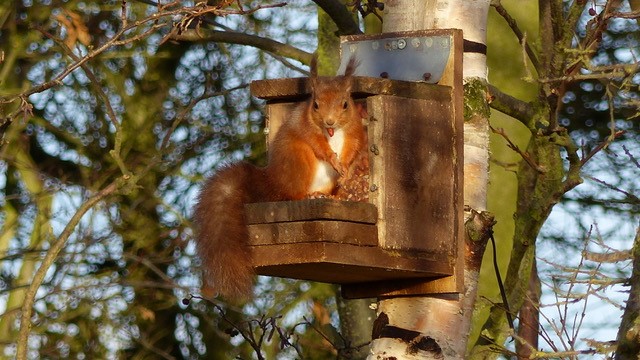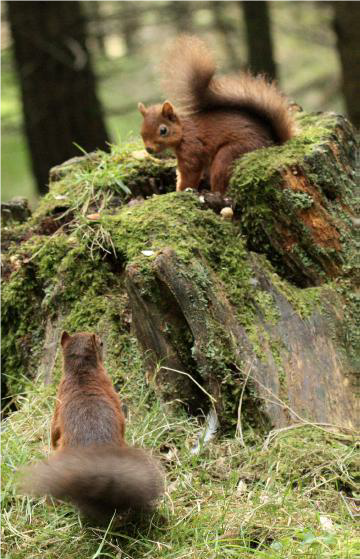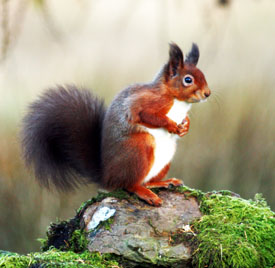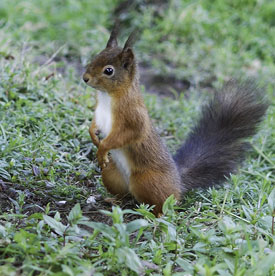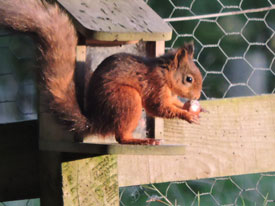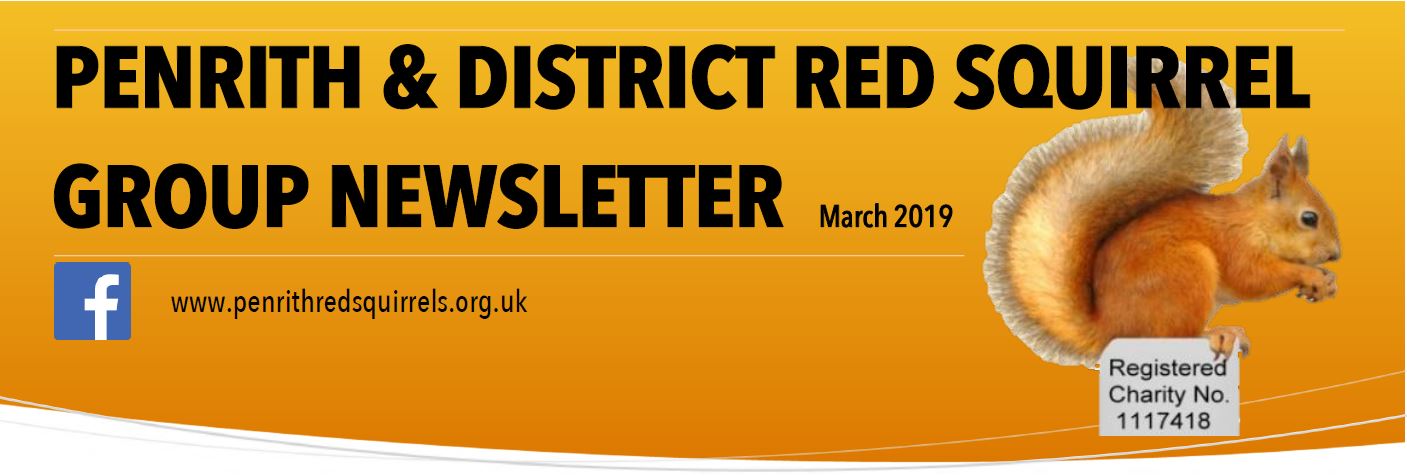
Welcome to our summer 2019 newsletter. As ever it has been a real roller coaster with a series of highs and lows. A good breeding season for red squirrels but unfortunately for greys too. Over the spring and early summer, this has resulted in an unprecedented number of squirrel pox outbreaks. This is the result of the deadly virus carried by greys being passed onto reds and this has devastated the red population in some localised areas and sadly, it seems, right down the River Lowther valley. Read more>>

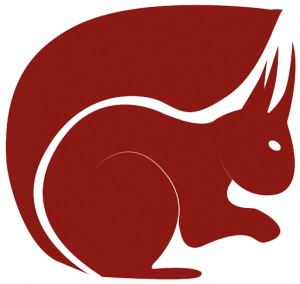 In this issue, we’re pleased to introduce Jack Edmondson, the G2G ranger. Also, we celebrate wonderful donations from two of our corporate supporters. Sadly we report a possible case of squirrel pox virus in a red squirrel at Skelwith. Finally, in a somewhat trimmed back Summer E-News, we’d welcome your views on previous editions and future format. In short, we want to offer news that you want to read!
In this issue, we’re pleased to introduce Jack Edmondson, the G2G ranger. Also, we celebrate wonderful donations from two of our corporate supporters. Sadly we report a possible case of squirrel pox virus in a red squirrel at Skelwith. Finally, in a somewhat trimmed back Summer E-News, we’d welcome your views on previous editions and future format. In short, we want to offer news that you want to read!  In this edition read about plans for our new Healthy Reds Project which, if funding is forthcoming, will kick off in the summer. You can contribute to the new project by donating to a very novel fundraising campaign created by wildlife enthusiast Michael the Flying Squirrel.
In this edition read about plans for our new Healthy Reds Project which, if funding is forthcoming, will kick off in the summer. You can contribute to the new project by donating to a very novel fundraising campaign created by wildlife enthusiast Michael the Flying Squirrel.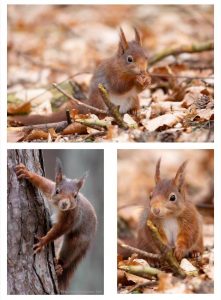
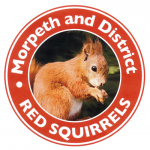 There is no doubt in my mind that without the continued efforts of the local community Red Squirrel Conservation groups, we would have no Red squirrels left in Northumberland now. The essential work all the volunteer groups undertake in controlling the numbers and spread of grey squirrels, is the only chance our native Reds have to survive. My usual message with this is as always, to stress that grey control is not a side of red conservation that is taken lightly, but is an absolute necessity.
There is no doubt in my mind that without the continued efforts of the local community Red Squirrel Conservation groups, we would have no Red squirrels left in Northumberland now. The essential work all the volunteer groups undertake in controlling the numbers and spread of grey squirrels, is the only chance our native Reds have to survive. My usual message with this is as always, to stress that grey control is not a side of red conservation that is taken lightly, but is an absolute necessity.